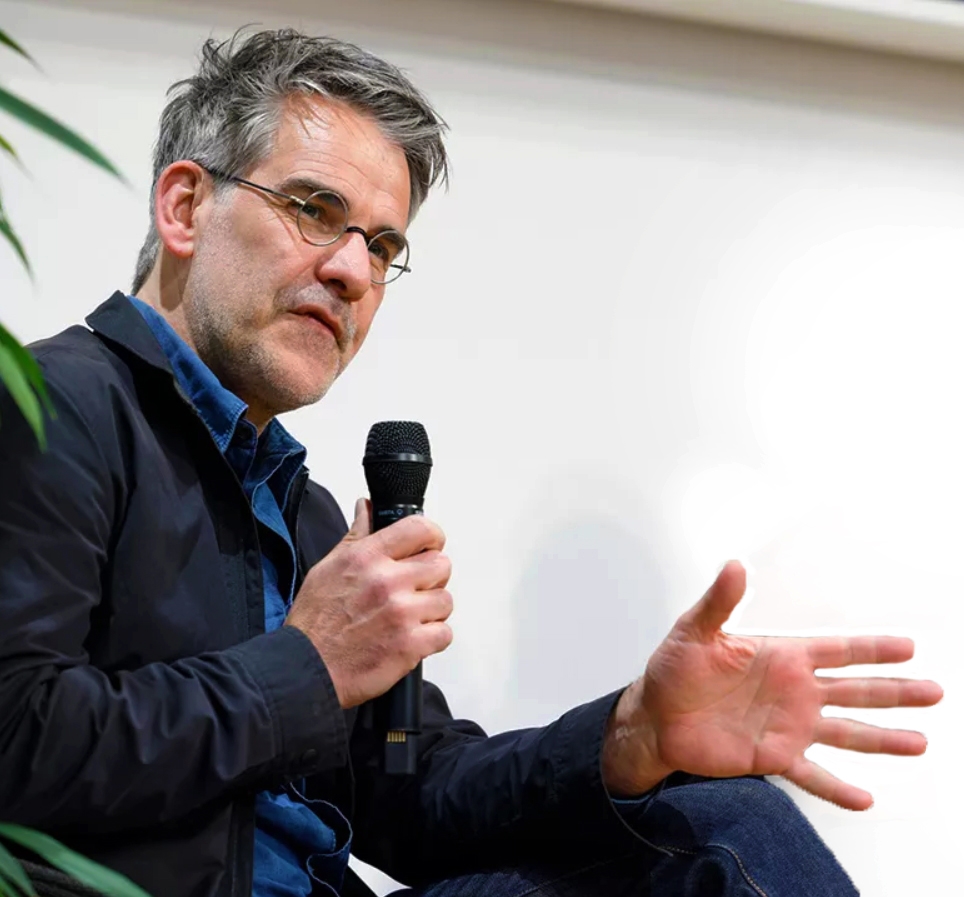
                             
|
|
Focus Group
What?
When?
To get more in-depth information on perceptions, insights, attitudes, experiences, or beliefs. Focus groups are useful for gathering subjective perspectives from key stakeholders.
How?
 Make sure to read the best practices. You can find them on the right
Make sure to read the best practices. You can find them on the right
 Identify a user segment related to your topic.
Identify a user segment related to your topic.
 Fill a contact sheet to keep track of your group and not loosing track
Fill a contact sheet to keep track of your group and not loosing track
 Write down clear questions you would like to ask your interviewee. For each question, ask yourself: what is the goal behind this question?
Write down clear questions you would like to ask your interviewee. For each question, ask yourself: what is the goal behind this question?
 Schedule a time for the focus group
Schedule a time for the focus group
 Send out invitations
Send out invitations
 Prepare the settings and the prototype
Prepare the settings and the prototype
 On the focus group session, focus on people's spontaneous reactions
On the focus group session, focus on people's spontaneous reactions
 Take note of any feedback or observation
Take note of any feedback or observation
Keywords
|
Probe |
Input |
Personnal |
Immersion |
User |
Research |
Private |
Daily |
|---|
